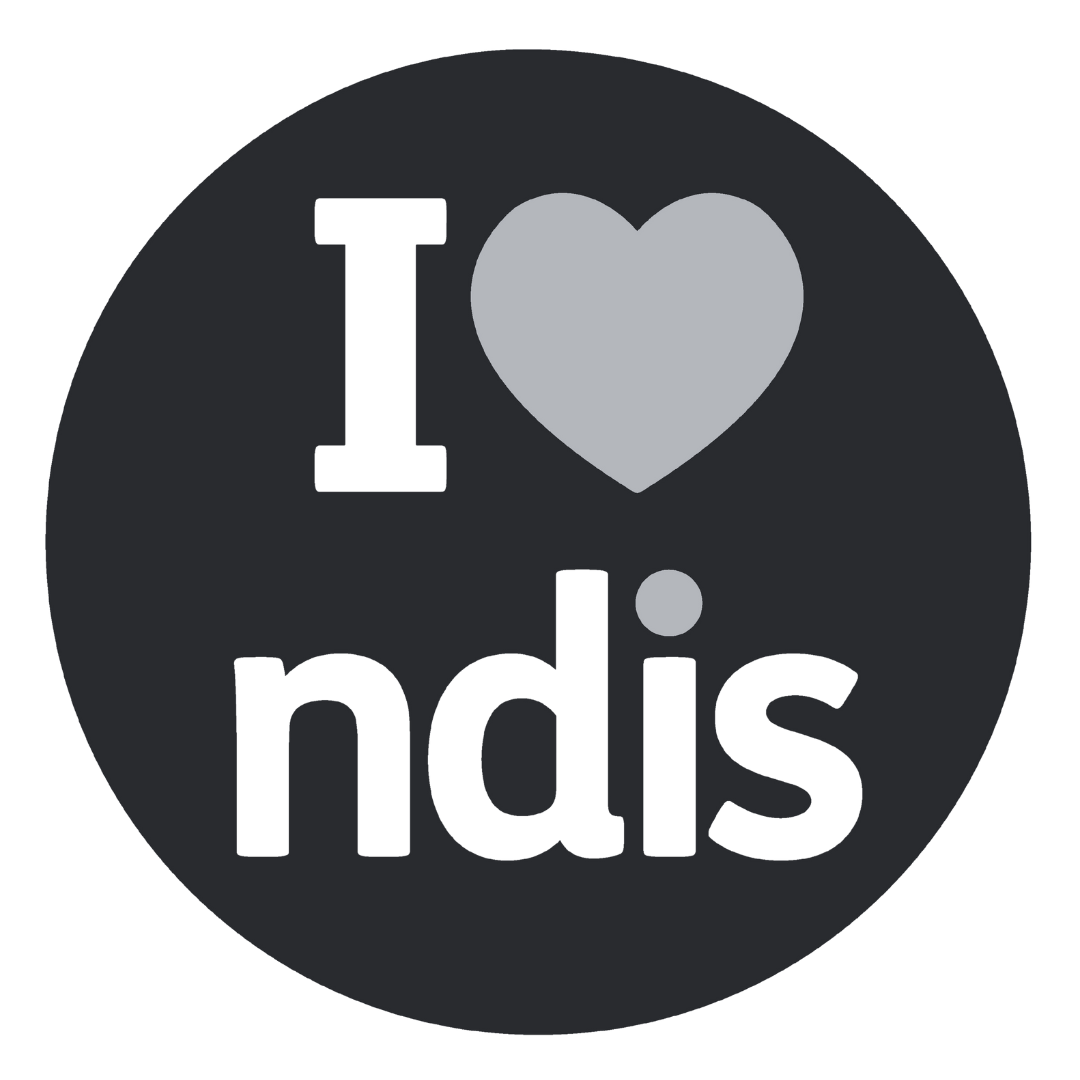The start of a new year often brings a sense of renewal and motivation, particularly as we return to work after the holiday period. It’s a time to set intentions, refresh routines, and sometimes, refresh our wardrobes. For many professionals, dressing for success is more than just a phrase—it’s a mindset. The clothes we wear can boost our confidence, reflect our professionalism, and set the tone for how we approach the year ahead. However, for those with disability, finding workwear that is both stylish and functional can be a unique challenge, reinforcing the need for adaptive clothing that prioritises accessibility without compromising on style.
Adaptive workwear is designed with features that cater to diverse dressing needs. Whether it’s magnetic closures for those with limited fine motor use, adjustable fits for wheelchair users, or sensory-friendly fabrics for those with sensory needs related to dressing, these garments are a game-changer for people heading into the office. They ensure that everyone, regardless of disability status, has access to clothing that empowers them to feel comfortable and confident in the workplace. When starting JAM, some of the main feedback we received from the community was that people were looking for Adaptive Clothing that was professional and appropriate for the office.
Shopping for adaptive workwear can be transformative. For professionals with disability, it’s not just about finding clothes that fit—it’s about finding clothes that work for their unique needs and allow them to express their personal style. As we’ve said many times before, the right outfit can significantly impact how someone feels about themselves and how they are perceived by others. This can be particularly helpful or harmful when dealing with clients and colleagues. It can be the difference between feeling out of place and feeling like you belong.
Consider the impact of accessible clothing on workplace inclusion. When employees with disability have access to adaptive workwear, it sends a powerful message: their needs are acknowledged, and their presence is valued. This inclusivity fosters a more supportive and understanding workplace culture. It also enables employees to focus on their contributions and performance rather than potential discomfort or limitations caused by ill-fitting or impractical clothing.
Dressing for success is about more than appearances—it’s about attitude. When you feel good in what you’re wearing, it’s easier to project confidence and enthusiasm. This is true for everyone, but for individuals with disability, the psychological boost of having adaptive clothing that works for them can be profound. It reinforces the idea that they have every right to take up space and thrive in their professional environments.
As you consider your own return-to-work wardrobe, take a moment to reflect on the importance of accessibility and inclusivity in fashion. Even if you don’t necessarily have any particular dressing needs that require the adaptive features, supporting Adaptive Clothing brands not only helps individuals with disability but also pushes the fashion industry toward greater innovation and inclusion.
Whether you’re shopping for yourself or someone else, investing in adaptive workwear is an investment in empowerment. It’s a reminder that style and functionality can coexist, and that everyone deserves to feel confident and capable as they step into the workplace—and into the new year. You can check out JAM’s favourite adaptive return to work pieces here


